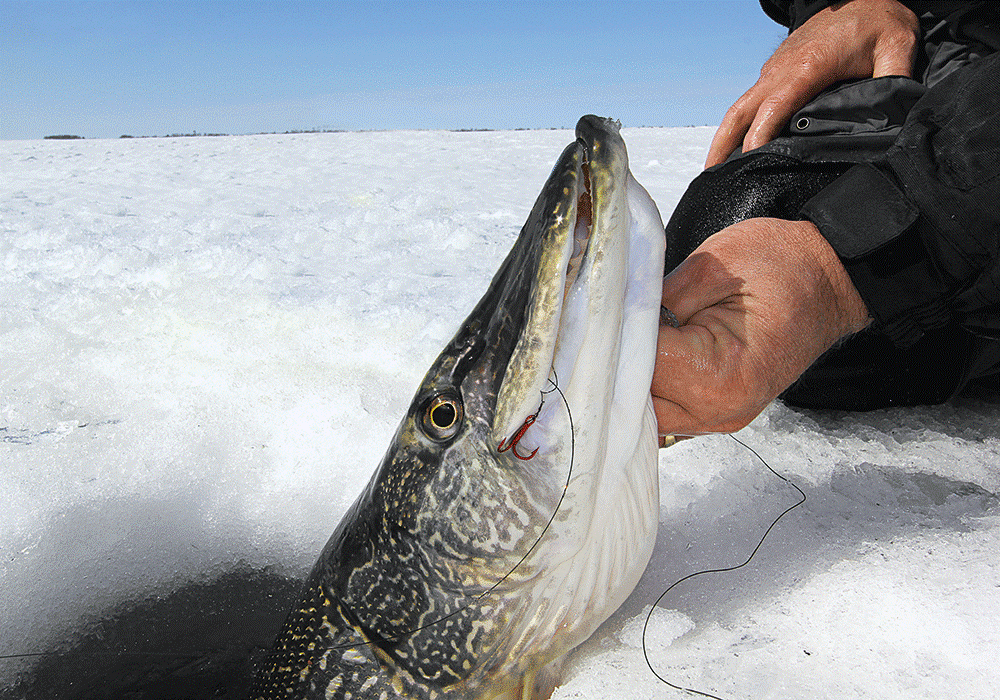Winter is still in full effect and this season is always a great excuse for some pike fishing. This can be a great time of year to enjoy this hobby, as there are far fewer tourists and hikers than during other seasons.
This means less traffic, quieter lakes and streams, and no distractions or obstacles between you and that monstrous trophy pike you’ve been waiting to catch. Use these tips to bring yourself closer to more fishing awards than you ever thought possible, or to simply enjoy yourself more.
Make It Fun
The best way to go pike fishing is to make it a competition with your friends. You can all have fun together, and it never hurts to make things interesting with a friendly wager. You can even create your own competition this winter, complete with custom-made fishing plaques or trophies from netTrophy, which can be presented to the winners. You’ll be that much more motivated to catch the biggest pike of the season if there’s a reward included.
Why Fish For Pike In The Winter?

To know how to catch pike, it helps to understand the life habits of this unique fish. It’s useful to learn about the pike’s development, habits, and most importantly, the pike’s choice of prey. By knowing the preferred diet of this fish and when and where they feed, you’ll improve your chances of catching a larger one.
The main reason why winter pike fishing is popular comes down to its choice of food. Pikes are normally solitary predators that feed mostly on smaller fish. However, in winter, pikes are abundant in certain locations due to food scarcity. When they gather in one place, you have the best chances of catching a trophy pike.
Know The Ideal Locations
It’s not enough to know where you can find pikes, you need to know their hunting habits. Because they are solitary predators, pikes prefer to ambush their prey. When they’re not asleep they can usually be found patrolling natural structures in the middle of the lake. This is where schools of fish can typically be found.
Choose a body of water and buy a map. Analyze the map for breaklines and other similar structures in the lake. This is where you will have the biggest chance of finding big pikes to catch.
Ice Doesn’t Mean Anything
A common mistake of many fishers is to be discouraged by the appearance of ice. Surface ice is rarely an indicator that the entire body of water is frozen. In fact, big differences between surface and bottom temperatures are a natural part of any water habitat.
Ice on the surface simply means that pikes have moved to deeper waters. This means that you should always have long lines, in case you need to delve deeper.
Pre-baiting Is Everything
One important trick for pike fishing is to implement pre-baiting. Pikes are one fish that are easiest to “program” using pre-baiting tactics. Stop by your fishing spot early and drop off pieces of food throughout the targeted area. The important thing is that you have to do it at the same time you intend to fish. Pikes have temporal awareness, meaning that they will come out at the same time. By taking this extra step, you’ll have saved yourself a lot of waiting as the pike are practically ready to meet you at your hook.